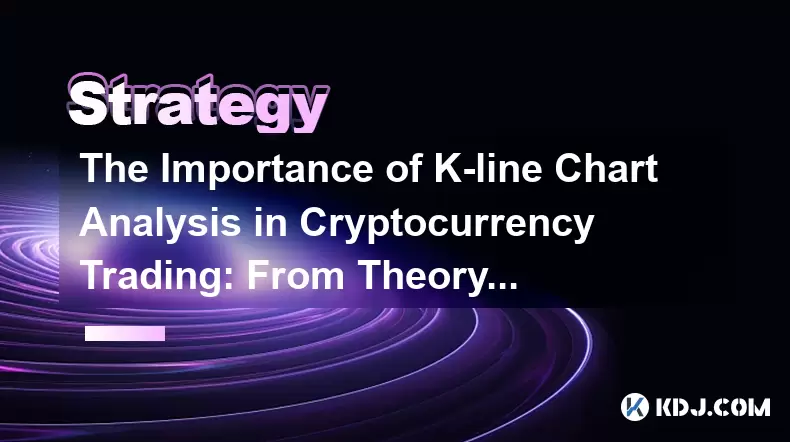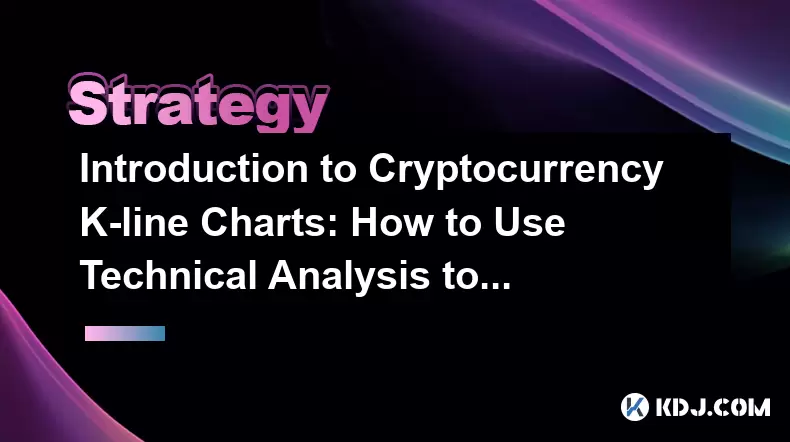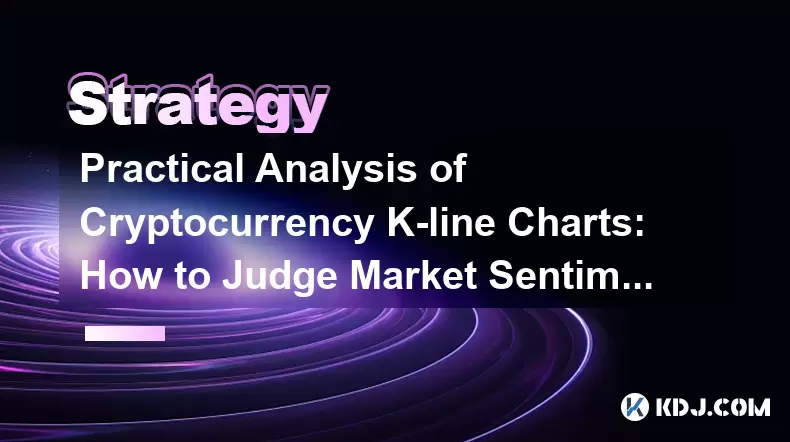-
 Bitcoin
Bitcoin $103,441.7312
-4.64% -
 Ethereum
Ethereum $2,502.1175
-9.57% -
 Tether USDt
Tether USDt $1.0004
0.03% -
 XRP
XRP $2.1112
-6.60% -
 BNB
BNB $643.7916
-3.59% -
 Solana
Solana $144.1021
-10.20% -
 USDC
USDC $0.9998
0.00% -
 Dogecoin
Dogecoin $0.1720
-10.45% -
 TRON
TRON $0.2681
-3.73% -
 Cardano
Cardano $0.6272
-9.90% -
 Hyperliquid
Hyperliquid $38.0321
-7.07% -
 Sui
Sui $2.9596
-12.09% -
 Chainlink
Chainlink $12.9773
-12.16% -
 UNUS SED LEO
UNUS SED LEO $8.9713
-1.55% -
 Bitcoin Cash
Bitcoin Cash $404.3244
-5.52% -
 Avalanche
Avalanche $18.9620
-11.39% -
 Stellar
Stellar $0.2561
-7.84% -
 Toncoin
Toncoin $2.9331
-8.78% -
 Shiba Inu
Shiba Inu $0.0...01157
-10.28% -
 Hedera
Hedera $0.1524
-11.31% -
 Litecoin
Litecoin $82.4085
-9.67% -
 Polkadot
Polkadot $3.7235
-10.54% -
 Ethena USDe
Ethena USDe $1.0005
-0.01% -
 Monero
Monero $303.3083
-8.22% -
 Dai
Dai $0.9998
0.01% -
 Bitget Token
Bitget Token $4.4611
-6.32% -
 Pepe
Pepe $0.0...01065
-13.85% -
 Uniswap
Uniswap $6.9031
-15.00% -
 Aave
Aave $272.2554
-9.32% -
 Pi
Pi $0.5451
-13.60%
How to easily participate in the cryptocurrency market through index investment?
Index investing in cryptocurrency offers diversified exposure and passive management, benefiting novice investors or those lacking time for active asset selection.
Nov 07, 2024 at 09:10 pm

How to Participate in Cryptocurrency using Index Investing
Index investing is a passive investment approach that seeks to track the performance of a market index. In the context of cryptocurrency, index investing allows investors to gain exposure to a broad range of crypto assets with a single investment. This can be a beneficial strategy for investors who are new to the cryptocurrency market or who do not have the time or expertise to manage a diversified portfolio of individual cryptocurrencies.
Steps to Participate in Cryptocurrency through Index Investing
Choose an Index Provider:
There are several index providers that offer cryptocurrency indices, each with its own methodology and composition. Some popular index providers include:
- CoinMarketCap: The Crypto Market Index (CMI) tracks the performance of the top 100 cryptocurrencies by market capitalization.
- CryptoCompare: The CryptoCompare Digital Asset Index (CCDAX) tracks the performance of a diversified basket of cryptocurrencies based on liquidity and market capitalization.
- S&P Global: The S&P Crypto MegaCap Index tracks the performance of the largest and most liquid cryptocurrencies, including Bitcoin and Ethereum.
Consider the index provider's methodology, track record, and fees when selecting an index provider.
Select an Investment Vehicle:
Once you have chosen an index provider, you need to select an investment vehicle that tracks the index. There are several options available:
- Index Funds: Index funds are passively managed investment funds that track the performance of a specific index. They offer low fees and provide instant diversification across a broad range of cryptocurrencies.
- ETFs (Exchange-Traded Funds): ETFs are similar to index funds, but they are traded on exchanges like stocks. They offer greater flexibility and liquidity compared to index funds.
Choose an investment vehicle that aligns with your investment goals and risk tolerance.
Open an Account with an Exchange or Brokerage:
To invest in cryptocurrency index funds or ETFs, you will need to open an account with a cryptocurrency exchange or brokerage that offers these products. Consider the exchange's fees, security measures, and reputation when selecting a platform.
Purchase the Index Investment Vehicle:
Once you have opened an account, you can purchase the index investment vehicle that you have selected. The process is similar to purchasing stocks or ETFs through a traditional brokerage account.
Monitor and Rebalance Your Portfolio:
As with any investment, it is important to monitor the performance of your cryptocurrency index investment and rebalance your portfolio as needed. This may involve adjusting the allocation between different index funds or ETFs in response to market conditions or your own investment goals.
Benefits of Cryptocurrency Index Investing
- Diversification: Index investing provides instant diversification across a broad range of cryptocurrencies, reducing the risk associated with investing in individual assets.
- Passive Management: Index investments are passively managed, eliminating the need for active trading and market timing.
- Lower Fees: Index funds and ETFs typically have lower fees compared to actively managed cryptocurrency funds.
- Simplicity: Index investing is a simple and accessible way for new and experienced investors to gain exposure to the cryptocurrency market.
Considerations for Cryptocurrency Index Investing
- Market Volatility: The cryptocurrency market is highly volatile, and index investments are subject to the same fluctuations as the underlying assets.
- Counterparty Risk: Investing through index funds or ETFs introduces counterparty risk, as the performance of these vehicles depends on the solvency of the fund manager or custodian.
- Limited Flexibility: Index investments provide limited flexibility compared to investing in individual cryptocurrencies. Investors cannot customize their portfolio or make active trading decisions.
Disclaimer:info@kdj.com
The information provided is not trading advice. kdj.com does not assume any responsibility for any investments made based on the information provided in this article. Cryptocurrencies are highly volatile and it is highly recommended that you invest with caution after thorough research!
If you believe that the content used on this website infringes your copyright, please contact us immediately (info@kdj.com) and we will delete it promptly.
- AI Assistant Platform Angel Twin Will Launch Its Utility Token $ANGL on June 18
- 2025-06-13 09:00:12
- Breakthrough technology solution enables brands to build custom credit card products within their ecosystems without relinquishing their customers to legacy banks
- 2025-06-13 09:00:12
- DDC Enterprise Ltd. increased its bitcoin holdings by purchasing an additional 38 coins this week
- 2025-06-13 08:55:12
- Shiba Inu (SHIB) Navigates a Turbulent Market Thursday with Significant on-Chain Developments
- 2025-06-13 08:55:12
- Coinbase announces a Bitcoin-backed credit card and CFTC-compliant perpetual futures for US customers
- 2025-06-13 08:50:11
- XRP price prediction: Can ETF hype drive XRP to $27?
- 2025-06-13 08:50:11
Related knowledge

Cryptocurrency K-line chart technical analysis manual: Learn these methods to increase your chances of making a profit
Jun 11,2025 at 11:21pm
Understanding the Basics of K-line ChartsK-line charts, also known as candlestick charts, are one of the most widely used tools in cryptocurrency trading. Each K-line represents a specific time period and provides information about the open, high, low, and close prices during that interval. The body of the candle shows the relationship between the openi...

The Importance of K-line Chart Analysis in Cryptocurrency Trading: From Theory to Practical Cases
Jun 11,2025 at 04:56pm
Understanding the Basics of K-line ChartsK-line charts, also known as candlestick charts, are a visual representation of price movements over specific time intervals. Each K-line encapsulates four critical data points: the opening price, closing price, highest price, and lowest price within a given timeframe. These charts originated in Japan during the ...

Cryptocurrency K-line Chart Interpretation Guide: How Novices Can Quickly Master the Basics of Technical Analysis
Jun 10,2025 at 08:56pm
Understanding the Basics of K-line ChartsK-line charts, also known as candlestick charts, are one of the most widely used tools in cryptocurrency trading for analyzing price movements. Each K-line represents a specific time period and shows the opening, closing, high, and low prices during that interval. For novices, grasping how to read these elements ...

Introduction to Cryptocurrency K-line Charts: How to Use Technical Analysis to Optimize Trading Decisions
Jun 12,2025 at 03:56pm
Understanding the Basics of K-line ChartsK-line charts, also known as candlestick charts, are one of the most essential tools used in cryptocurrency trading. Originating from Japan, these charts visually represent price movements over specific time intervals. Each candlestick displays four key pieces of information: the opening price, closing price, hig...

Practical Analysis of Cryptocurrency K-line Charts: How to Judge Market Sentiment through Charts
Jun 10,2025 at 09:42pm
Understanding the Basics of Cryptocurrency K-line ChartsCryptocurrency K-line charts, also known as candlestick charts, are essential tools for analyzing price movements in the crypto market. Each candlestick represents a specific time frame, such as 1 minute, 5 minutes, or even daily intervals. The structure of a K-line includes four key data points: o...

Detailed Explanation of Technical Analysis of Cryptocurrency K-line Charts: Master These Tools to Improve Trading Efficiency
Jun 12,2025 at 02:43am
Understanding Cryptocurrency K-line ChartsCryptocurrency K-line charts, also known as candlestick charts, are essential tools for traders aiming to interpret market behavior and make informed decisions. Each K-line represents a specific time period—such as 1 minute, 5 minutes, or 1 day—and displays the open, high, low, and close prices during that inter...

Cryptocurrency K-line chart technical analysis manual: Learn these methods to increase your chances of making a profit
Jun 11,2025 at 11:21pm
Understanding the Basics of K-line ChartsK-line charts, also known as candlestick charts, are one of the most widely used tools in cryptocurrency trading. Each K-line represents a specific time period and provides information about the open, high, low, and close prices during that interval. The body of the candle shows the relationship between the openi...

The Importance of K-line Chart Analysis in Cryptocurrency Trading: From Theory to Practical Cases
Jun 11,2025 at 04:56pm
Understanding the Basics of K-line ChartsK-line charts, also known as candlestick charts, are a visual representation of price movements over specific time intervals. Each K-line encapsulates four critical data points: the opening price, closing price, highest price, and lowest price within a given timeframe. These charts originated in Japan during the ...

Cryptocurrency K-line Chart Interpretation Guide: How Novices Can Quickly Master the Basics of Technical Analysis
Jun 10,2025 at 08:56pm
Understanding the Basics of K-line ChartsK-line charts, also known as candlestick charts, are one of the most widely used tools in cryptocurrency trading for analyzing price movements. Each K-line represents a specific time period and shows the opening, closing, high, and low prices during that interval. For novices, grasping how to read these elements ...

Introduction to Cryptocurrency K-line Charts: How to Use Technical Analysis to Optimize Trading Decisions
Jun 12,2025 at 03:56pm
Understanding the Basics of K-line ChartsK-line charts, also known as candlestick charts, are one of the most essential tools used in cryptocurrency trading. Originating from Japan, these charts visually represent price movements over specific time intervals. Each candlestick displays four key pieces of information: the opening price, closing price, hig...

Practical Analysis of Cryptocurrency K-line Charts: How to Judge Market Sentiment through Charts
Jun 10,2025 at 09:42pm
Understanding the Basics of Cryptocurrency K-line ChartsCryptocurrency K-line charts, also known as candlestick charts, are essential tools for analyzing price movements in the crypto market. Each candlestick represents a specific time frame, such as 1 minute, 5 minutes, or even daily intervals. The structure of a K-line includes four key data points: o...

Detailed Explanation of Technical Analysis of Cryptocurrency K-line Charts: Master These Tools to Improve Trading Efficiency
Jun 12,2025 at 02:43am
Understanding Cryptocurrency K-line ChartsCryptocurrency K-line charts, also known as candlestick charts, are essential tools for traders aiming to interpret market behavior and make informed decisions. Each K-line represents a specific time period—such as 1 minute, 5 minutes, or 1 day—and displays the open, high, low, and close prices during that inter...
See all articles

























































































